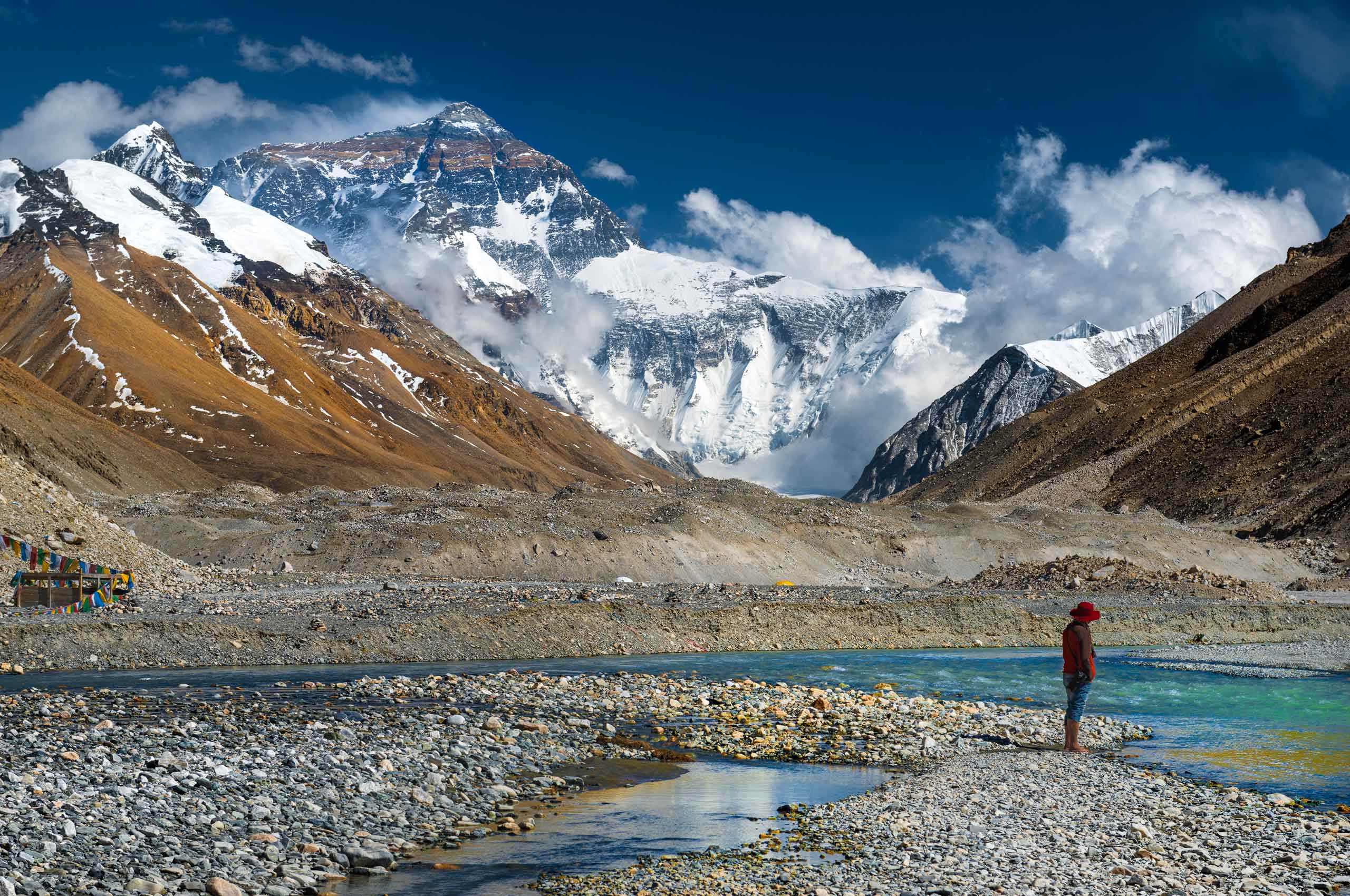CSI Asia

The Centre for the Study of the Inland: Asia (or CSI Asia) was established in 2021. To bring together researchers from across La Trobe whose work addresses the inlands of Asia – from the Dry Zone of northern Sri Lanka to the plateaus and rivers of the Himalaya and beyond.
CSI Asia researchers draw their methods and theory from disciplines as diverse as archaeology, anthropology and linguistics to ecology, politics and health sciences. Regardless of their disciplinary roots, CSI Asia’s researchers are united by their interests and expertise in themes such as:
- water
- landscape
- land use
- agricultural and pastoral traditions
- settlement and migration
- resource extraction and,
- human responses to climate and environmental change.
Current projects
This Australian Research Council (ARC) Discovery project led by Dr Keir Strickland, in collaboration with researchers in Sri Lanka and the UK, aims to investigate the development and subsequent collapse of urban landscape of Polonnaruva in the Mediaeval period. Utilising archaeological survey and excavation, in combination with historical texts and inscriptions, this project will describe the relationship between settlement, economy and water in Polonnaruva, the last of Sri Lanka’s Rajarata kingdoms that dominated the semi-arid plains of the island’s northern Dry Zone for almost two millennia.
This is a 2022-2024 DECRA project for Dr Ruth Gamble, who is writing a history of Himalayan Ice. Her main focus will be on the ice around Chomolangma (Mt Everest), but she is also looking at the ice and glaciers around Kangchenchunga, Namche Barwa and Gangotri.
Articles and book chapters from this work:
- R Gamble. 2022. “Surviving Pemakö’s Pluriverse: Kunga Tsomo, the goddess, and the LAC.” Critical Asian Studies, 54 (2): 398–421.
- R Gamble. In Press (2023). “Climeing the Great Gorge: the many discoveries of the Yarlung Tsangpo Gorge.” In Multipolar Clime Studies of the Himalaya, Andes and Arctic. Dan Smyer Yu, Jelle Wouters and Arupjyoti Saikia, eds. Seattle: University of Washington Press.
- R Gamble. In Press (2023). “The Mountain’s Many Faces: how geologists mistook Chomolangma for Everest.” In New Earth Histories. Alison Bashford, Adam Bobbette, Emily Kern eds. Chicago: Chicago University Press.
In this project funded by the Norwegian Research Council Dr Ruth Gamble collaborates with researchers from Norway to study the impacts of sand mining on northeast India’s political ecologies.
The project is a collaboration between Dr Ruth Gamble, earth and biological scientists, anthropologists and religious studies specialists to write books and articles about the Himalayan Rivers. The project is running from 2019 to 2023 and is supported by the Australian Research Council. Articles that have already come from this project are:
- R Gamble, J Powers, P Hackett. 2022. “Famines of the Early Little Ice Age (1260–1360): the impacts of pre-modern climate change in Central Tibet.” Bulletin of the School of African and Oriental Studies 85 (2): 1–19.
- R Gamble. 2021. “Muddying the Waters: the invention and enclosure of Tibet’s wetlands.” In: Trans-Himalayan Environmental Humanities: Integrating Indigenous Mountain Knowledge. Dan Smyer Yu and Erik de Maaker eds. Environmental Humanities Series. London: Routledge.
- R Gamble. 2021. “Conflits de l'eau au Tibet.” In: Que penser en Chine aujourd'hui. Paris: Gallimard.
